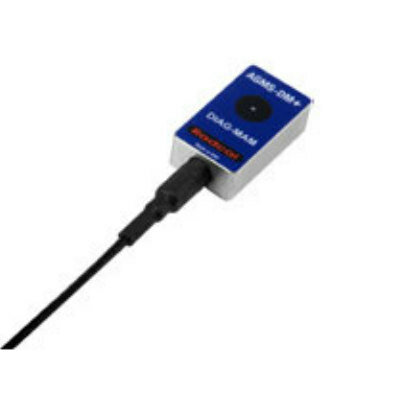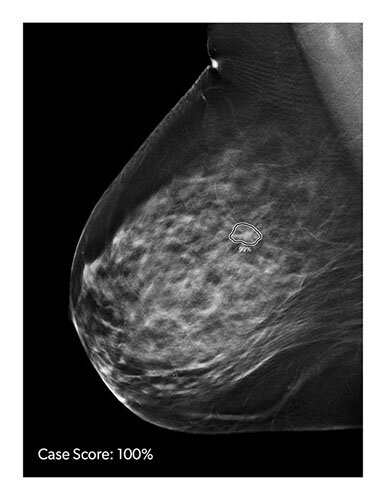Evaluating Heart Treatments by Injecting MRI-Tracked Magnetic Particles into the Bloodstream
By MedImaging International staff writers
Posted on 25 Jul 2012
Magnetic particles may help physicians track cells in the body to better establish if treatments work.Posted on 25 Jul 2012
The study’s findings were published online before print July 10, 2012, in Circulation: Cardiovascular Imaging, an American Heart Association journal. Researchers demonstrated that injecting immune cells containing magnetic particles into the bloodstream was safe and did not interfere with cell function. Magnetic resonance imaging (MRI) scans can then track the cells moving through the body. “This could change how we assess new treatments affecting inflammation and the outcome of a heart attack or heart failure,” said Jennifer Richards, MD, lead author and vascular surgeon at the University of Edinburgh’s (UK) Center for Cardiovascular Science.
With stem cell therapy, physicians can adapt blood cells to fight disease. But when developing these therapies, it is difficult to tell precisely where cells go and how many go where they are supposed to. Safely tracking them would help investigators better clarify how new therapies combat heart disease. Other tracing techniques expose patients to excess radiation or only allow cells to be monitored for a few hours. But MRI scans use no radiation, and cells containing the particles can be monitored for at least one week.
Using test tubes, Dr. Richards’ team first determined that magnetically labeled blood cells move and flourish similar to healthy ones. Then, they did four small-scale tests in humans: Six people were successfully given three thigh muscle injections of unlabeled cells, magnetically labeled cells, and an injection of just the magnetic material. The labeled cells were traceable up to seven days later. Two people were given six increasingly larger doses of magnetically labeled blood cells through a vein, and they had no negative effects. Twelve people got intravenous injections of the labeled blood cells--six receiving a high dose and six a low dose--which were traceable by MRI a week later.
To assess how well the cells travel to inflammation sites, one individual was injected with the labeled blood cells, which were successfully followed by an MRI as the cells moved to an inflamed area of skin on the thigh. “This demonstrates that this method may be useful to facilitate the development of cell-based therapies in the future,” Dr. Richards said.
Dr. Richards noted that more human tests are needed before researchers can regularly utilize magnetically labeled cells.
Related Links:
University of Edinburgh














